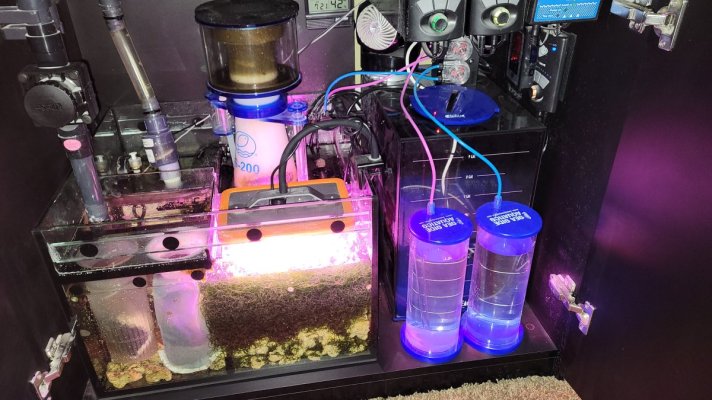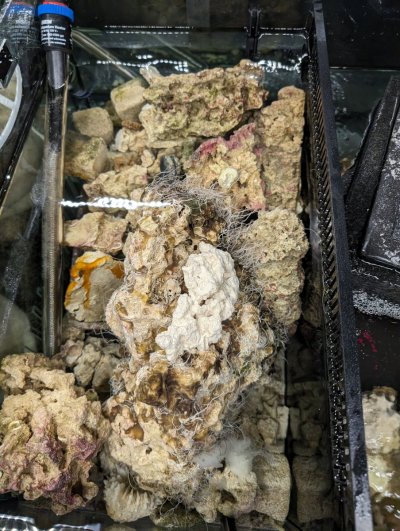Cichlid Dad
2500 Club Member
View Badges
Partner Member 2024
Hospitality Award
Pacific Northwest Reefers
Rock Pool Reef Keepers
R2R Secret Santa 2023
My Tank Thread
My Aquarium Showcase
The float is the fail safe and goes in the sump right next to the optic sensor, optic sensor is the main level sensor, plus run time limited. It's the only one I would really on so yes it is in my sump.I've heard alot of good things about these ato.. is this what you use? I see it has a float switch for the reservoir, to protect the pump; but does it have a redundant sensor to detect/ prevent overfilling?





















